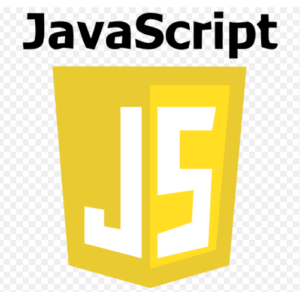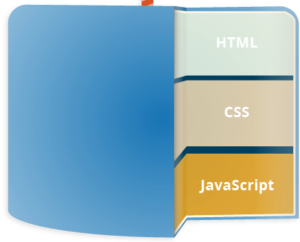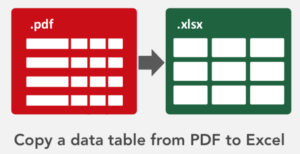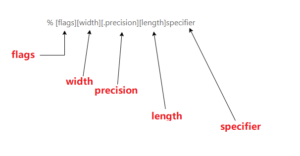Writing your first JavaScript program is a great way to get started with the language. You can create a simple HTML document and include JavaScript…
JavaScript is typically considered an interpreted language, but the situation is more nuanced due to the way modern JavaScript engines work. JavaScript combines both compilation…
JavaScript is a versatile programming language with a wide range of applications. It is commonly used in web development, but its usage extends beyond the…
To link a JavaScript file in an HTML document, you can use the <script> element. Here’s how you can do it: Create a JavaScript File:…
JavaScript is a high-level, versatile, and widely-used programming language primarily known for its role in web development. It is a core technology for building dynamic…
Converting a PDF table into an Excel spreadsheet can be done using various methods, depending on the complexity and structure of the table. Here’s a…
You have worked so hard to build a beautiful website and a recognizable brand name with a unique domain name. You also spent time and…
Format specifiers are used in C programming language to format input and output functions. A format string determines the format of the input and output.…
printf() and scanf() are both functions in the C programming language that deal with input and output, but they serve different purposes. printf() is used…
In C programming, scanf() is one of the commonly used function to take input from the user. The scanf() function reads formatted input from the…
Data type conversion refers to the process of converting data (variables or expression results) from one type to another. 1. Explicit Type Conversion (Type Casting)…
Operator precedence and associativity in the C programming language determine the order in which operators are evaluated in an expression. Understanding these concepts is crucial…
During computation, mathematical operations like: addition, subtraction, multiplication, division, etc are converted to bit-level which makes processing faster and saves power. 1. What Are Bitwise…
Logical operators in C are used to perform logical operations on boolean values (true or false). They evaluate the conditions and return a boolean result.…
Relational operators, also known as comparison operators, are used in C programming to establish relationships between values. Similar to mathematical expressions like 10 > 9…
sizeof() is a unary operator in the C language, like other operators such as ++ and –, it is not a function. The sizeof operator…
C Assignment Operators An assignment operator is used for assigning a value to a variable. The most common assignment operator is = Operator Description Example…
Arithmetic Operators An arithmetic operator performs mathematical operations such as addition, subtraction, multiplication, division etc on numerical values (constants and variables). The following table shows…
There are two ways to perform increment or decrement operations on a variable in C: Post-increment: variable++; // Represents incrementing the variable after its current…
1. What is C Programming Operators C language supports a rich set of built-in operators. An operator is a symbol that operates on a value…








